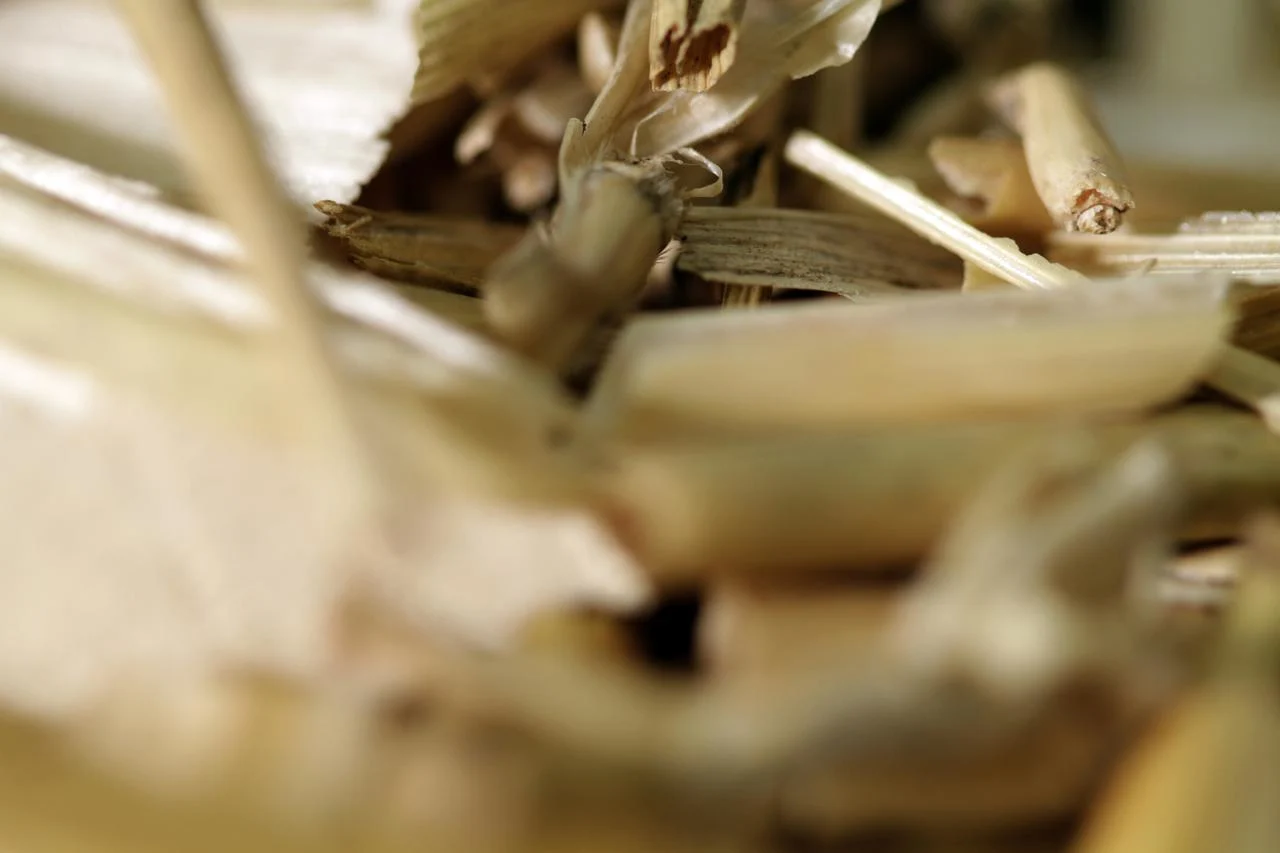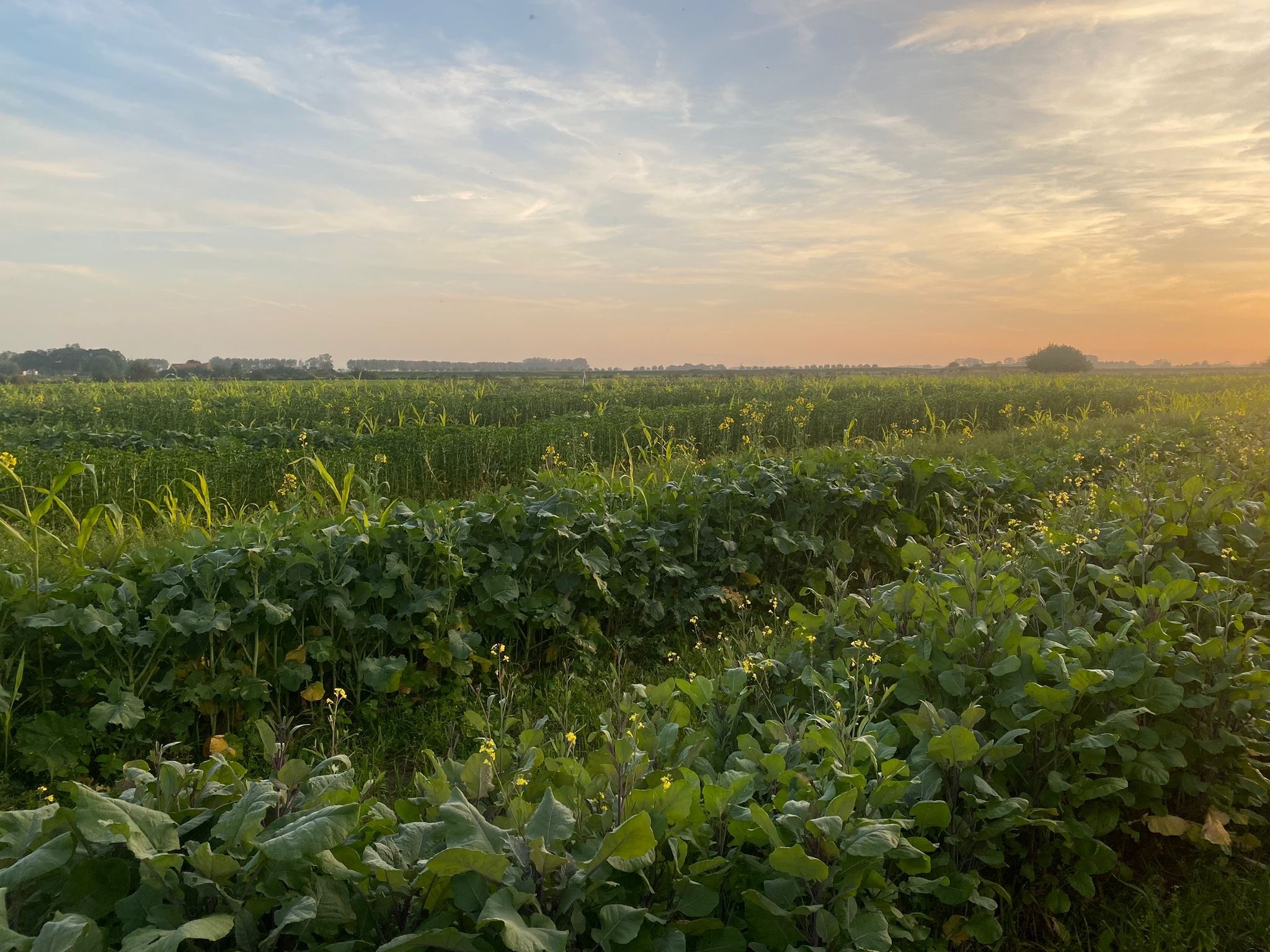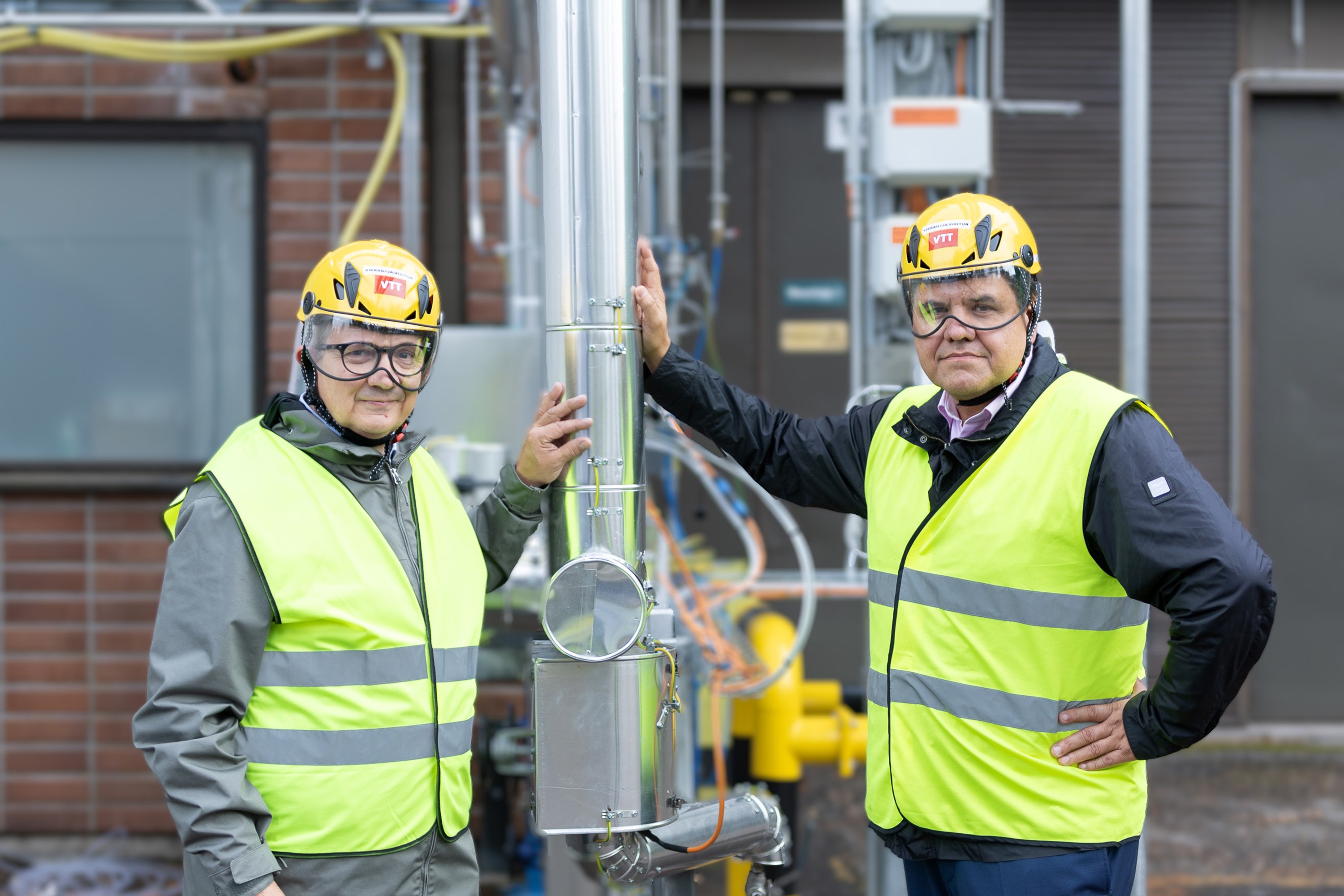
Innovation
6 minute read
Sustainable mobility is built on lower-emission energy: here’s how lignocellulosic waste and residues can play a part
One of the most powerful weapons in our fight against climate change is all around us every day, but most of us don’t recognize it. It’s called lignocellulose – a biopolymer containing cellulose, hemicellulose, and lignin – and it is the main material in all plants. By converting waste and residues from those plants into energy, for example in the form of biofuels, we can reduce our reliance on fossil fuels. It’s a tool we’re still learning to use effectively, but which has the capability to materially impact the transport sector and help us achieve carbon neutrality and as well as energy security.
Why is transport so important?
Transportation is vital to civilization in every part of the world. We depend on it socially, culturally, and economically; for the provision of goods and services; for education, enrichment, and well-being. However, transportation is also the economic sector responsible for the biggest proportion of greenhouse gas (GHG) emissions worldwide, producing around 24% of the global total.
Despite growing awareness of this fact – and efforts to curb carbon emissions with biofuels and other technologies – demand for transportation is increasing, resulting in higher emissions. Other major sectors, including energy supply and industry, are finding ways to stabilize or even decrease their total GHG emissions.
From limiting global warming to 1.5 degrees Celsius (per The Paris Agreement) to reaching carbon neutrality in the EU by 2050, transportation remains the single largest obstacle to achieving our goals for sustainability.
Where does lignocellulose fit in?
Effectively decreasing transport emissions will require a range of technological, legislative, social, and behavioral solutions working in combination. Many such solutions are already available and in use – just not to the degree necessary for sufficient emissions reductions. For instance, electric vehicles create lower net emissions than vehicles that rely on fossil fuels, and they are increasingly popular among consumers. However, in order to single-handedly solve the transportation emissions problem, electrification would have to accelerate at a rate that is near impossible, given challenges related to infrastructure, production, and vehicle lifespan – and even then, would still not reach all transportation modes, markets, and customers. Other strategies, such as improving the efficiency of transportation networks, also hold promise but face similar limitations. Sufficient time to innovate and implement will be necessary.
Unfortunately, time is not on our side. What we need are more and synergistic solutions for emissions reductions now – ones that can make an immediate impact and complement longer-term strategies. In order to accomplish this, such solutions would need to be compatible with current vehicles and infrastructure, and to supply the markets that are hard to electrify. One solution that fits the bill is renewable fuel – in other words, fuel produced from renewable raw materials. While many usable raw materials exist, one of the most abundant of them all is lignocellulose.
Although more than one approach exists, the most sustainable way of lignocellulose utilization is via biomass residues, which refers to the waste and residues of commercial and industrial processes like agriculture, forestry, and food production. For example, the production of lumber and paper both result in plant-based waste streams that are sometimes inefficiently used or not used at all. The same is true for forestry and agricultural harvesting residues. Often considered a low-value waste or residue within their specific industries, these waste streams nonetheless represent a very valuable resource for other applications, including food additives and biofuels. Crucially, the availability of these resources is on the scale of billions of tons per year.
To summarize, lignocellulosic waste and residues are vital and readily available raw materials for the production of renewable fuels. Those renewable fuels can provide immediate mass reductions in transport emissions, and achieving those emissions reductions is key to meeting our climate goals.
Why hasn’t it been done already?
If lignocellulose is such a great resource, why hasn’t it been part of the climate discussion all along? The answer is that it has, at least among researchers, energy suppliers, and large-scale fuel consumers. However, developing it as a raw material for fuel production has taken time and significant effort. Most importantly, the ability to use lignocellulose as a raw material for advanced fuel applications has been historically constrained by the conversion technology itself.
Converting lignocellulose into fuel requires breaking the polymer down and extracting the compounds within it. This is a difficult task because lignocellulose has been designed by nature to be inherently resistant to breakdown, effectively trapping the valuable compounds inside the larger structure – a trait referred to as recalcitrance. In a non-technical way, we are all very familiar with recalcitrance – it is the essential quality that allows trees to grow to great heights and to survive even for millennia. It has taken well over a century for scientists and engineers to overcome this challenge by developing methods that are reliable, efficient, and cost-effective, and contemporary research is still being done to develop new processes and improve existing ones.
In addition, as many of these materials – for example, waste and residues from wood harvesting or agricultural processes – have not been in industrial use until now, completely new supply chains, business models, companies, and partnerships have needed to be established. In order to support the journey toward sustainability rather than hinder it, each aspect of this new infrastructure has required careful planning and execution.
What is the current outlook on lignocellulosics?
In recent decades, many new sources of lignocellulosic biomass have been identified as potential raw materials for renewable fuels. In that same timeframe, conversion technology has significantly advanced. A growth in partnerships between industry, government, and academia to translate research into innovation – like Sweden’s Treesearch platform and Canada’s Bioénergie La Tuque project – are a sign that the code for widespread application of lignocellulosic waste and residues may soon be cracked.
Positive externalities of lignocellulose applications have also come to light. In logging regions, for example, harvesting residue that is left on-site in too large volumes may hinder forest regeneration. Removing some of it can speed up carbon sequestering and provide some counterbalance to the negative effects of deforestation.
As technology continues to develop and demand for mobility continues to rise, we will start to see the degree to which lignocellulose-based biofuels may be able to reduce the transport sector’s demand for crude oil. As plant biomass is primarily composed of lignocellulose, and thus is available in very large quantities via forestry and agricultural waste and residue streams, it is projected that lignocellulose could replace 200-400 million tons of crude oil used annually – roughly 5% of all oil used today. Against the backdrop of rising carbon emissions in the transportation sector, the ability of fuels based on lignocellulosic waste and residues to complement other decarbonization solutions should not be underestimated. In other words, mitigating carbon emissions in the transport sector will need to combine different approaches, with advanced biofuels providing one important piece of the solution.
Regulators and policy influencers have an important role to play in two regards: First, they must continue to set clear and ambitious sustainability targets. Without the stability that regulatory commitments bring, investors and energy producers will shy away from long-term innovative projects. Second, they must develop and implement regulatory frameworks that encourage sustainable use of biomass wastes and residues in order to reach such targets.
The overall prospects of lignocellulose to be an effective aid in our quest for continuous sustainability improvements are high, and pieces of the puzzle are beginning to fall into place. With continued investment into practical efforts, we may find in the near future that planet Earth has been holding one of the solutions to climate change right in front of us all along.
Credits: Markus Rarbach, Vice President, Business Platform, Lignocellulosics





